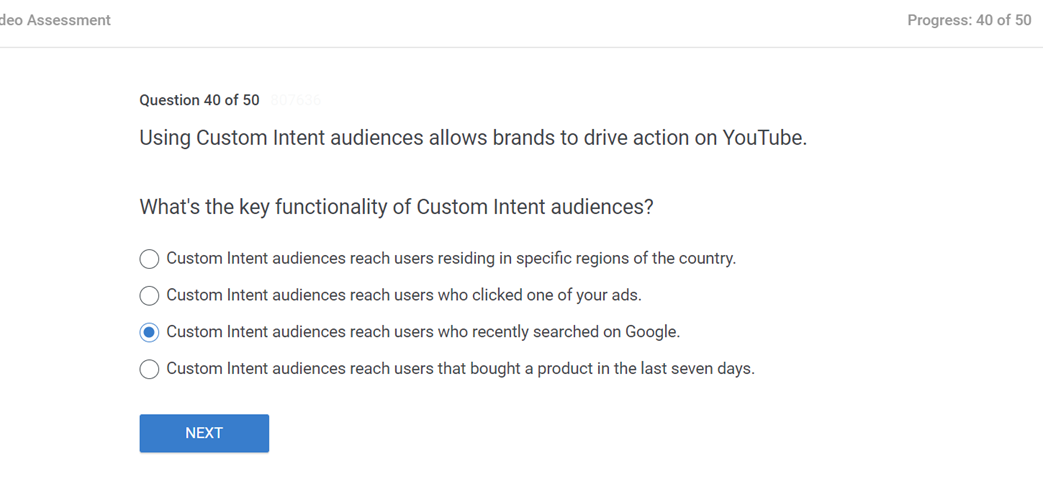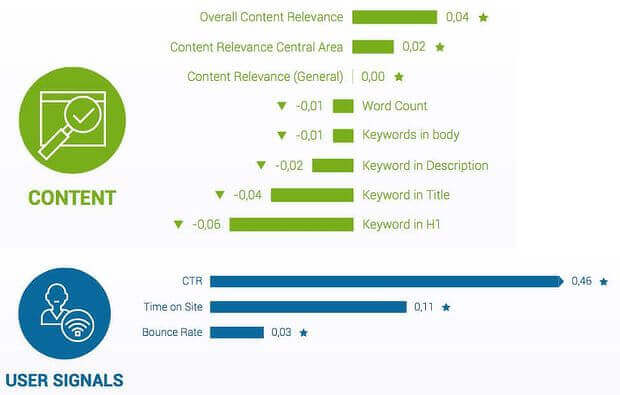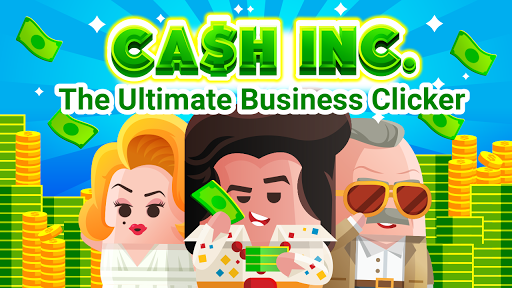
Have you ever wondered if email marketing was better than social networking marketing? Read on. This article will discuss the differences between these two marketing platforms. We'll also talk about the differences between email and social media, as well as the differences between paid and social content. Email is more task-oriented. This article will also cover the differences between organic and paid content on social media. This article will let you know how to select the best approach to your marketing campaign.
Email marketing is more efficient than social media marketing
Email is the clear winner in the world of sales conversions. Although the audience for social media posts is larger, email marketing's targeted audience has a higher likelihood of purchasing your products and services. Although social media may have a wider reach, it's not ideal for maximising ROI. Here are a few reasons why social media is not the best way to promote your company.
Consumers are looking for more personal relationships with companies and brands. People want to build real relationships with brands and companies, and social media requires followers to scroll down their feeds to find the right content. Email, however is delivered directly into the user's inbox. That means your content will have the same chance of reaching a reader as a friend or family member. Email is more effective at converting subscribers to paying customers.
Email has a larger user base
While social media platforms like Facebook have huge audiences, they also have a limited reach. In general, emails reach more people organically, and the reach of new email addresses is limited by social media algorithms. This is why email has a greater user base that social media. So why would you want to use email to promote your business? Let's see the pros and cons of each.
Although social media marketing is an effective way to reach large audiences, email is still the most effective tool to reach multiple leads. Email subscribers are more inclined to forward marketing emails on to their friends and families, which gives you a wider reach than you'd get with social media. Adobe's study found that the average millennial uses email approximately 6.4 hours per day. Nearly 4/5 of them check their emails before and after they go to work.
Email is more task-oriented

There are many key differences between email and other forms of communication. One is the fact that people check their e-mail first thing in the morning. They are less likely not to be distracted from competing messages. People who are part of a mailing list are more likely to take action after receiving your email, which is why it's important to tailor your message to their needs. You can also choose the message's design and content.
Personalization is another key difference between the two marketing methods. Email marketing can be personalized to include the name of the recipient, which is not possible with social media. This personalization helps to drive higher open and click-through rates as well as conversions. Email marketing personalization is much easier than social media. Facebook posts are not often personalized by users. Email is a great way to reach your audience and make them feel unique.
Paid vs. organic vs. social media content
How you plan to reach your target audiences will affect whether you choose organic or paid content. Organic content can be shared by your followers without promotion and is free to create. Paid content, however, costs more but is shared by your followers. Consider how much time you have available to both organic and paid content when deciding whether to use them. Both options have their merits and can be used in combination.

Although organic content is free to publish, it is not guaranteed that it will reach your target audience. Paid content is specifically targeted at your audience. This is the best option to increase your business's growth. On each platform, you can find both organic and paid content. You can choose the one that suits your needs best and then decide how you will use it to reach your target audience. You can, for example, create a content strategy to help you decide which social media platforms work best for you.
FAQ
Where do I get my keywords?
Consider what type of products or services your company offers and who your ideal customer might be before you start looking for standard terms. Once you have your list, you can use Google Keyword Planner and other search engines, such as Yahoo! or DuckDuckGo to determine what phrases people are looking for.
Do I require a digital marketing company?
It's likely too late to attempt to manage everything on your own if you start realizing that your business requires extra help. Small businesses need professional digital marketing services. They can help you market your company online, and they are up-to-date on the latest trends.
They can assist you in developing your strategy and implementing it.
What is an SEO Campaign?
An SEO campaign refers to a set of activities that improve the visibility of particular pages or domain names in search engines like Google and Yahoo. These activities include optimizing the title tags, meta description tags, URL structure, page content, images, and internal links.
Keyword research is a key part of SEO campaigns. This involves identifying keywords that are likely to increase organic traffic. Once keywords have been found, they need to be optimized for the entire site, from the homepage through individual pages.
Where Should My Website Be Located?
Your website must be at the top of search results. It should be at the top search results. Some searches can have hundreds of pages. How does your website stand up against these competitors?
What are the differences between SEO strategies?
There are three types of SEO strategies: search engine optimization (SEO), Social Media Optimization (SMO) and Pay-per-click Advertising (PPC).
SEO allows you to optimize content for specific keywords by using text formatting and HTML code.
This makes your site appear higher on search results pages.
Meanwhile, social media optimization (SMO) involves optimizing your website for social networks such as Twitter, Facebook, and Google+.
These are a great way to build your online brand and make visitors more likely visit your site when they search for similar topics.
PPC ads also appear at the top Search Results Pages, showing relevant products & services.
Google paid search advertisements are the most well-known type of PPC advertisement. These cost money but can be extremely effective.
PPC advertising is also available in display ads as well as video ads and sponsored posts.
What should I know about backlinks
Backlinks refer to links linking to a webpage from another site. They are one of search engines' most powerful tools to help determine the place a web page is in search results. They are particularly helpful as they demonstrate that someone else believes that your content has value. If you want to rank highly in search results, you'll need many quality backlinks.
Statistics
- Which led to a 70.43% boost in search engine traffic compared to the old version of the post: (backlinko.com)
- 93%of online experiences today begin on search engines. (marketinginsidergroup.com)
- If two people in 10 clicks go to your site as a result, that is a 20% CTR. (semrush.com)
- These guides are designed and coded 100% from scratch using WordPress. (backlinko.com)
- Sean isn't alone… Blogger James Pearson recently axed hundreds of blog posts from his site… and his organic traffic increased by 30%: (backlinko.com)
External Links
How To
How do you set up your first blog?
It's simple! WordPress is an excellent tool for creating a blog. Users can easily edit the appearance of their blogs by adding themes, changing fonts and colors, and customizing the layout. They can also add plugins that allow them to automatically change certain aspects of their website depending on visitor activity.
You can download many templates free of charge from WordPress.org. Premium templates cost money. Premium templates can include additional pages, plugins, or advanced security features.
Once you've downloaded your template, you'll need to sign up for a free account with a hosting provider to upload your files and run your blog. Many hosting companies offer free accounts. However there are limitations to how much space you can have, how many domains your site can host, and how often you can send emails.
If you wish to use more than one domain, you will need to purchase additional email addresses. This service may be charged by some hosts.
It's easy to wonder why someone would pay to host a blog online, especially if you're just starting out with blogging. Hosting companies offer unlimited storage, so your files won’t be deleted even though you delete them accidentally.
Many hosts also let users host multiple domains, meaning you could have several different sites under the same hosting package. You can save money by not signing up for multiple email addresses, and you can maintain all of your sites using one interface.
Some hosts provide social media sharing buttons to their dashboards. This allows visitors and users to quickly share posts across the Internet.
Most hosting companies offer tools for managing your blog. You can view your site's performance stats, see how many visits each post has received, and compare your traffic against similar blogs.
These tools will make managing your blog much easier and more efficient. It's worth looking at before you decide on a hosting plan.
To sum up:
-
Select a topic that is relevant to your business.
-
Create engaging content;
-
Optimize your site using SEO techniques;
-
Promote your site using social media channels;
-
Keep an eye on your statistics to see if you can make any changes.
-
Last but not least, make sure to keep your blog updated.
In short, create good content, promote it effectively, and track its success.